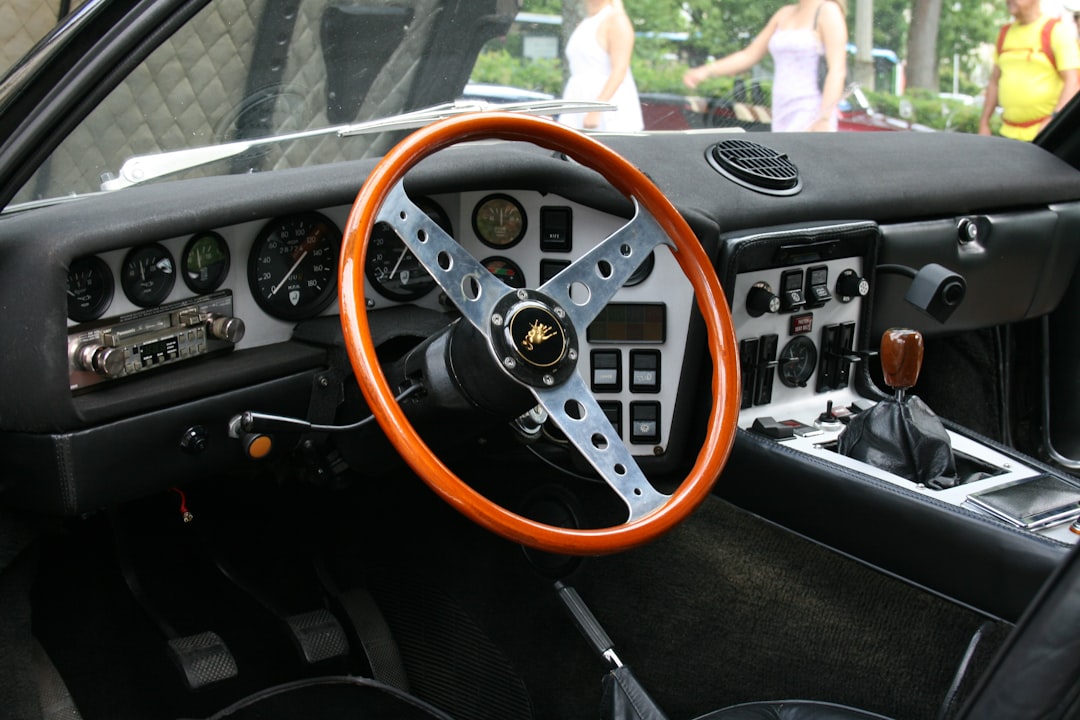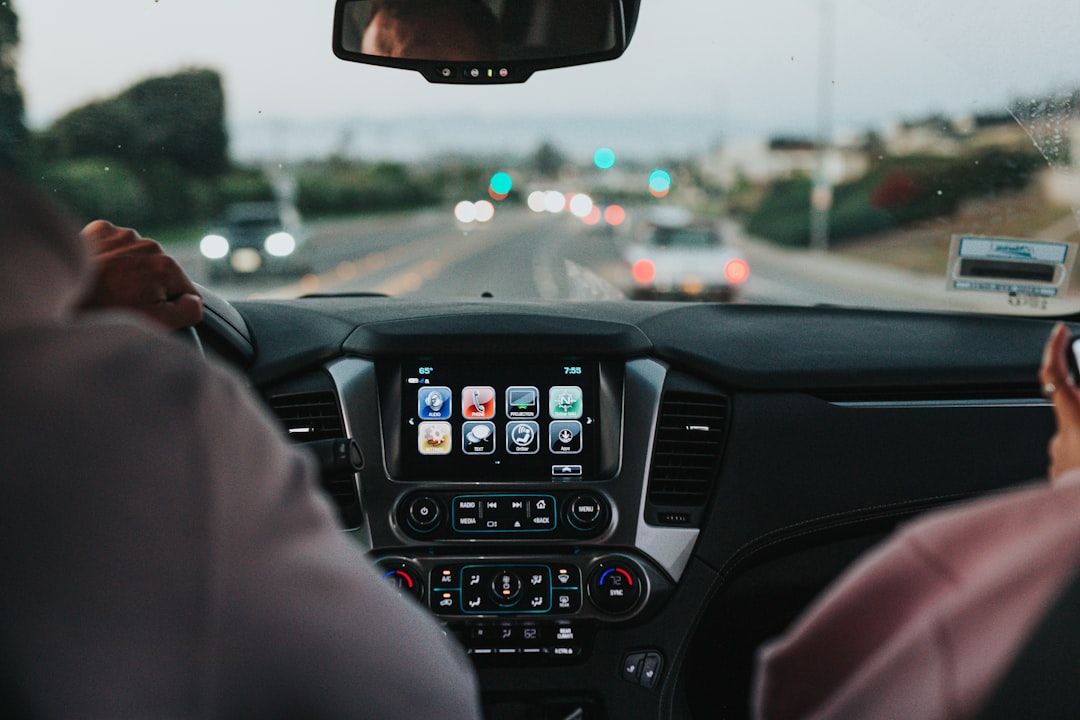Modern vehicles are becoming increasingly complex, blending mechanical systems with sophisticated digital technology. As cars evolve, so does the demand for smart solutions that help drivers, fleet managers, and enthusiasts understand vehicle performance and health more intimately. One such innovation that has gained popularity over the years is the OBD dongle, complemented by a growing ecosystem of mobile and desktop apps designed to interact with the car’s onboard systems.
What is an OBD Dongle?
OBD stands for On-Board Diagnostics, a system that enables vehicles to self-diagnose and report various operational outcomes. An OBD dongle is a small device that plugs into a vehicle’s OBD-II port, which is typically located under the dashboard, near the steering wheel. This port has been standardized across most vehicles manufactured after 1996, providing a universal interface for diagnostics.
Once plugged in, the dongle accesses the vehicle’s onboard computer and transmits data to an app via Bluetooth, Wi-Fi, or cellular network. The information might include fault codes, fuel efficiency readings, engine temperature, and real-time driving data.

The App Ecosystem Revolution
While OBD dongles provide the hardware interface, it’s the app ecosystems that truly unlock the value. These apps convert the raw data into user-friendly insights, offering features like:
- Real-time diagnostics: View engine parameters and get alerts for any malfunctions.
- Driving behavior analysis: Evaluate habits such as rapid acceleration or hard braking.
- Maintenance tracking: Get reminders for oil changes, tire rotations, and more.
- Fuel efficiency monitoring: Analyze the cost and consumption of fuel on each trip.
- GPS tracking and trip logging: Especially useful for fleet management and trip-based analytics.
These apps are available on iOS, Android, and sometimes web platforms, often with customizable dashboards that let users monitor specific metrics depending on their needs.
Key Players in the OBD Dongle Market
The market today is filled with various OBD dongles, each with their nuances in terms of connectivity, supported protocols, and app compatibility. Some of the most reputable names include:
- OBDLink MX+ – Known for its speed and broad app compatibility, including support for advanced diagnostics on Ford and GM models.
- BlueDriver – Offers an all-in-one solution with a proprietary app that provides professional-grade diagnostics.
- FIXD – Targets average drivers with simple-to-understand fault codes and suggestions for repairs.
- Carista – Caters to users interested in customizations, such as enabling hidden features in their cars.
Depending on the brand and model, dongles can vary significantly in price, ranging from $20 to $120 or more, influenced by the level of diagnostic detail, update frequency, and brand reputation.
How OBD Apps Communicate with Vehicles
OBD dongles read standard Diagnostic Trouble Codes (DTCs) emitted by the car’s computer whenever a fault occurs. These codes are usually targeted toward technicians and may appear cryptic to the layperson. The accompanying app translates and contextualizes them, making it easier for users to understand and take action.
Most dongles use Bluetooth for short-range communication to smartphones, but some advanced models support Wi-Fi or cellular connections for live vehicle diagnostics without a physical presence in the car.

Advantages for Everyday Drivers
While these tools were initially popular among car enthusiasts and mechanics, the everyday driver now finds immense value in using an OBD dongle and app. Key benefits include:
- Cost savings: Identify issues before they become major problems.
- Better maintenance: Stay on top of service schedules without guesswork.
- Improved driving habits: Use feedback to drive more efficiently and safely.
- Peace of mind: Know what that “Check Engine” light really means.
Moreover, families can install dongles in all household vehicles, linking each one to a centralized app dashboard, making it easy to monitor the health of an entire fleet.
OBD Dongles and Fleet Management
Fleet operators benefit significantly from this technology. Large-scale logistics, rideshare companies, and delivery services use OBD dongles for:
- GPS tracking to monitor vehicle usage in real-time
- Driver behavior monitoring to reduce risk and improve fuel efficiency
- Scheduled maintenance alerts to minimize unexpected downtime
- Emissions tracking to comply with regulatory standards
In addition, integration with APIs allows for central management across multiple platforms, creating a seamless digital infrastructure for automotive logistics.
Privacy and Security Concerns
As with any connected vehicle technology, there are legitimate concerns related to data privacy and cybersecurity. The same data that helps monitor engine health and driving patterns can be misused if not properly secured. Users are encouraged to:
- Choose devices and apps from reputable manufacturers
- Ensure apps have active security patches and updates
- Review app permissions and privacy policies carefully
In enterprise settings, IT departments should collaborate with automotive teams to ensure secure deployment of devices on business vehicles.
The Future of OBD App Ecosystems
With the growth of IoT (Internet of Things) and V2X (vehicle-to-everything) communications, the role of OBD dongles might eventually evolve—or be replaced—by factory-installed telematics systems. Automakers like Tesla, BMW, and Mercedes already ship cars with advanced connectivity features out of the box.
Nonetheless, for older vehicles and those lacking embedded telematics, OBD dongles remain a crucial link between car and driver.
Conclusion
OBD dongles and their accompanying app ecosystems have transformed vehicle diagnostics from a mechanic’s exclusive domain into an everyday driver’s toolkit. Whether for improved safety, cost-saving maintenance, or detailed performance analytics, this technology bridges the gap between the digital and physical aspects of automobile ownership.
Frequently Asked Questions (FAQ)
-
What is an OBD-II port and where can I find it?
The OBD-II port is a standardized interface used for vehicle diagnostics. It’s generally located under the dashboard near the steering wheel. -
Do OBD dongles drain car battery?
Most modern dongles enter a low-power sleep mode when not in use. However, it’s still recommended to unplug the dongle if the vehicle will sit unused for extended periods. -
Can I monitor multiple vehicles with one device?
You can monitor multiple vehicles, but you’ll need a separate OBD dongle for each one. Many apps allow you to add multiple cars under one account. -
Will using a dongle void my vehicle’s warranty?
In most cases, simply reading diagnostic data will not void a warranty. However, altering vehicle parameters could affect coverage, so always consult your manufacturer. -
Are OBD diagnostic apps free?
Some apps offer basic features for free, but advanced diagnostics, real-time GPS, and export options often require a subscription or one-time payment.



